Nutrition and off-days are highly important for optimal recovery. But they are only a piece of the pie.
One of the biggest influencers on our ability to recover and achieve replenishing sleep is our Autonomic Nervous System (ANS) – the part of our nervous system that controls the automatic “stuff” in our bodies. This includes heart rate, blood pressure, digestion, adrenaline release, respiration rate, and bowel/bladder control, to name a few.
Why is the Automatic Nervous System Important to Recovery?
There are two parts to the ANS:
- Sympathetic (aka “Fight or Flight”)
- Parasympathetic (aka “Rest & Digest”)
These two parts function in an “all-or-none” fashion. Once one mode is triggered, all of the areas go into that specific mode. For example, when the sympathetic system is stimulated, heart rate and blood pressure increase, adrenaline is released, digestion is slowed… In other words, you can’t have an elevated HR and adrenaline release, but also stimulate digestion.
So, if you are working out hard all day, but can’t do any one of those things in the diagram of your nervous system (Parasympathic) when you are finished, then you can’t do any of them (i.e. sleep adequately, digest adequately, etc)
How can you stay in a “Sympathetic State” even when you’re not trying? Well, there are a few things to consider. Mental stress continues to release adrenaline & glucose. If that’s going on, you are not able to fully tap into your “Parasympathetic State”. You may be sleeping. You may be resting. You may be eating. But you are not doing it well.
On the same hand, the activities and postures we put ourselves in can influence our ANS.
Take a look at Diagram 2 and note a few things:
- The location of the diaphragm in relation to the Sympathetic Nerve Chain
- The amount nerves stemming off the Sympathetic Chain that pass between the ribs
- The Sympathetic Chain is located on the back of our spine, from head to tailbone
Knowing this, you can see how the way we breathe & move (or not move) our diaphragm has a PHYSICAL influence on the Sympathetic NS. In addition, a posture or activities that arch the back or neck actually compresses the Sympathetic chain, stimulating it through mechanical pressure.
In the sport of dancing, there is a lot of time spent in an extended position, and deep into a given posture. So much so that, even when you are just hanging out with friends or family, or lying in bed, you stay partially in that position, causing you to stay in a “Sympathetic State” when you are trying to rest and digest. No bueno.
As dancers, I bet many of you notice this on a daily basis. It tends to be more difficult for many dancers to comfortably get into positions that oppose your Sympathetic State. And way too often, you overstretch your hamstrings to bend at the hips… or over-round the shoulders… or bring your head forward because bending forward at the actual spine is restricted.
How Can You Treat Your Automatic Nervous System for Better Recovery?
Spend a little time doing the opposite moves and make sure you breathe. Here are a few tips.
During breaks at the studio, as well as when you get home & again before bed:
- Take frequent breaths OUT and allow the front ribs to glide toward your belly button.
- Challenge yourself to see how long you can hold your breath out.
- Try this activity: Deep Squat with Balloon
- See below for an example of a good stretch. Always exhale fully. Pause. Inhale through the nose, allowing entire back (from neck to glutes) to expand with air
If you are experiencing extreme or consistent pain, we advise you to consult a physician.
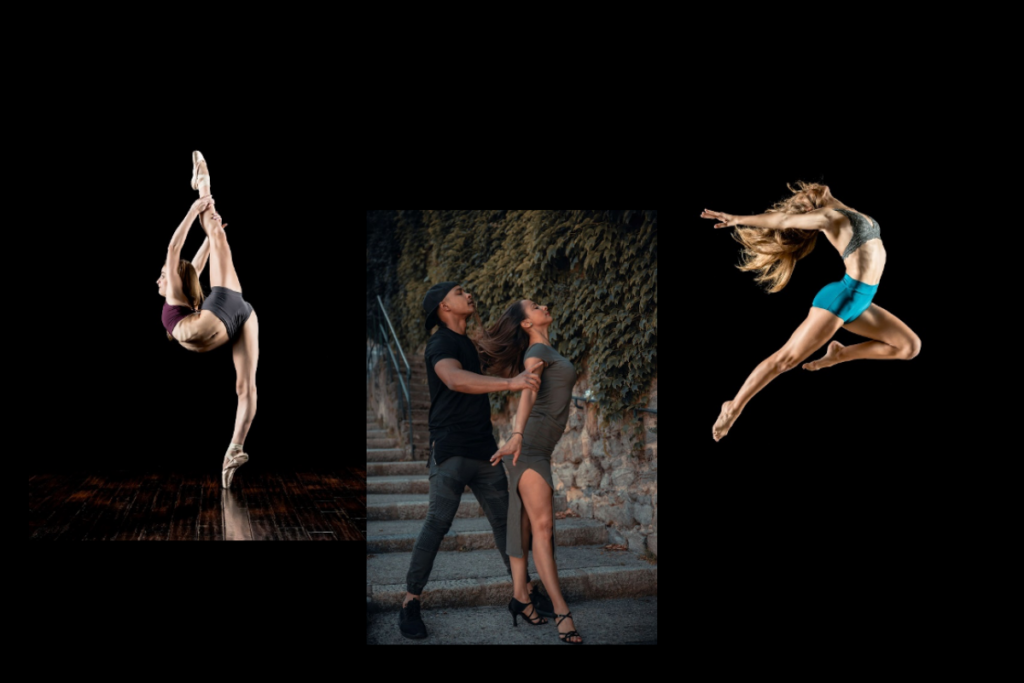
Examples of positions that are compressive (stimulating) to the Sympathetic Nerves.
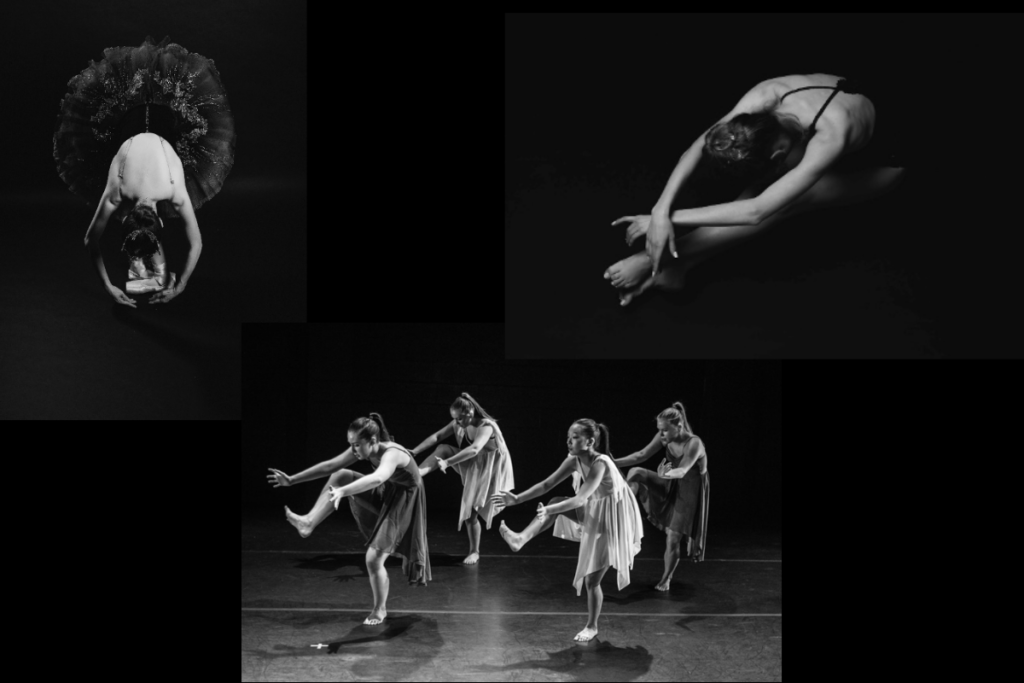
Examples of positions that create less compression on Sympathetic Nerves.


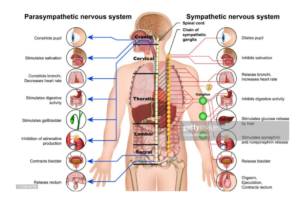
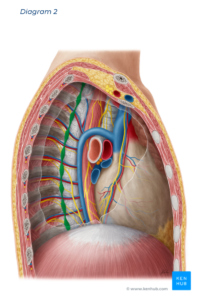
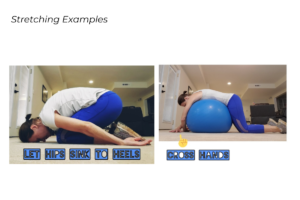

Recent Comments